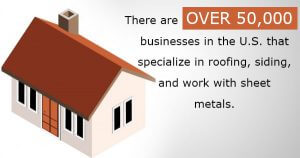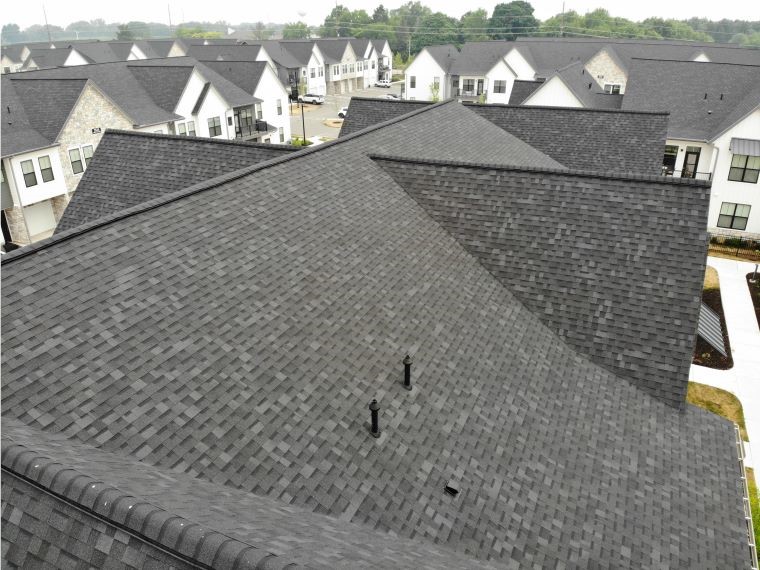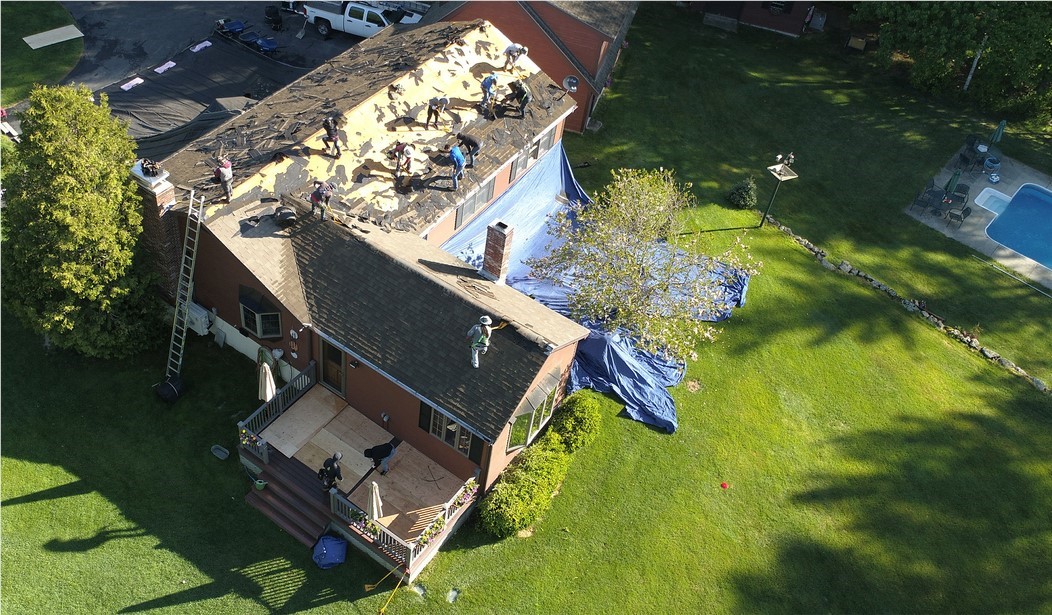 There are over 50,000 businesses in the U.S. that specialize in roofing and siding, and that work with sheet metals. Despite the number of commercial roofing companies out there, business owners can still sometimes neglect to realize the biggest weather issues that can affect their roofing.
There are over 50,000 businesses in the U.S. that specialize in roofing and siding, and that work with sheet metals. Despite the number of commercial roofing companies out there, business owners can still sometimes neglect to realize the biggest weather issues that can affect their roofing. To help you protect your roof from all kinds of weather-related damage, here's a list of the conditions that lead to some of the most devastating commercial roof damage.
Rain
Rain is probably the weather that most frequently affects roofing materials, including gutters, which means you should always pay attention to your roof during and after any severe rain. The smallest crack can easily turn into a huge leak if you're not careful to have it looked at immediately. If rain isn't running off of your building properly, something is probably wrong.Wind
If you have tile roofing or asphalt shingles, you should be especially wary of wind. While it doesn't inflict much damage to the structure of your building, it can peel roofing tiles or shingles right off if it's severe enough.Snow
It might look light and fluffy, but the truth is that snow can often exceed the load-bearing capacity of your building's roof. This is especially important if you have a flat roof, because snow doesn't run off like water, it settles. If there's been heavy snow and you start to hear creaking sounds in your ceiling, call your commercial roofing company.Ice
Ice and snow go together like pain and panic. When snow melts in the sun, it can run into your gutters and subsequently freeze into ice overnight. This will effectively block your gutters and even damage them if you're not careful. The most important thing to keep in mind is monitoring the amount of ice and snow on your roof.Maintaining your roof during the winter months might seem like a hassle, but there's no question that it will be less of a hassle than replacing your entire roof in the middle of February after snow and ice damage. Don't let the weather get your roof down!
Subscribe to West Michigan Roofing's Blog





Comments